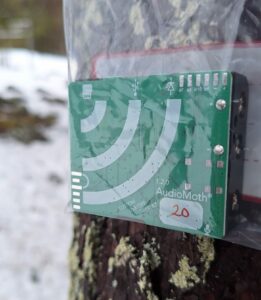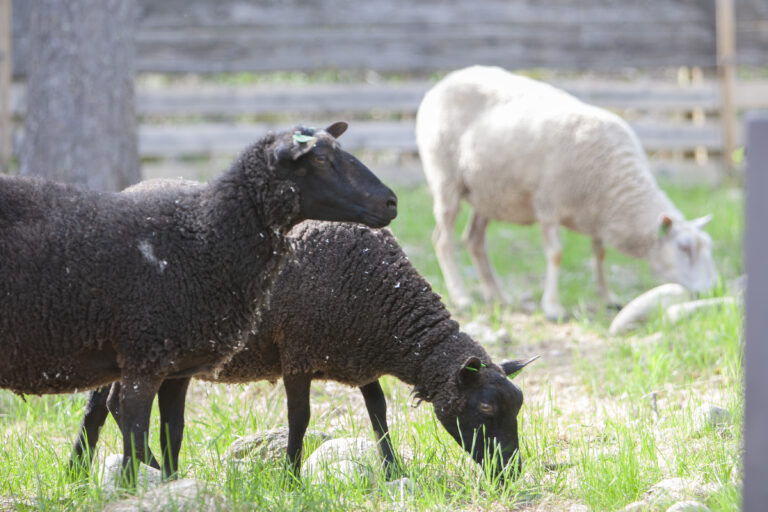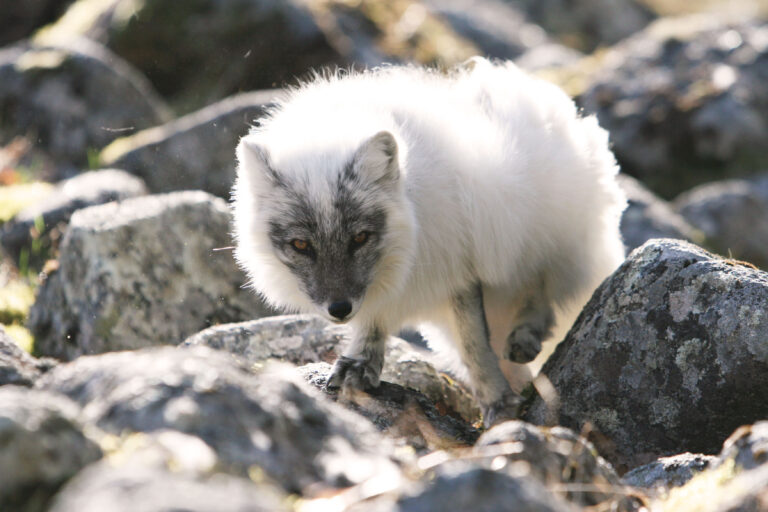Scientific research on bats and moths
The last hibernating species are ready to wake up even though the scenery still looks a bit like winter. Spring is anyhow progressing, and time has come to to start the summer monitoring’s. Again this year, we are participating in both bat and moth monitoring. The purpose of them is to find out the occurrence of species and changes in their abundance.
Recording bats’ sounds for research
The bat monitoring, carried out by the Finnish Museum of Natural History, is done with a small device that is set to record ultrasounds of specific frequency. Researchers are able to specify from the sound which species of bats occur in the area. This is a quick and efficient method that does no harm to the animals.
 Bats use ultrasound for echo sounding. When the sound bounces back from a branch or an insect, the bat reacts to it according to the situation. In Ranua, as in the whole of Finland, the most common bat species is the northern bat, which is also the northernmost of all the world’s 1,200 bat species. This flying mammal is specialized for long winters and bright summer nights.
Bats use ultrasound for echo sounding. When the sound bounces back from a branch or an insect, the bat reacts to it according to the situation. In Ranua, as in the whole of Finland, the most common bat species is the northern bat, which is also the northernmost of all the world’s 1,200 bat species. This flying mammal is specialized for long winters and bright summer nights.
Moth monitoring provides information on changes in habitats
The moth monitoring is carried out with light traps of which the samples are specified to determine the number of species and individuals as well as the sexes of nocturnal large moths. In northern Finland, all small micromoths are also specified. With 30 years of moth monitoring, the effects of climate change can be seen in the species’ behavior. New species have appeared in Finland, the species are spreading further north, and more and more species have two generations during the summer. The northern species retreat further north and the decline also continues.
In addition to the occurence of species, both monitorings provide information on changes in their habitats. For example, changes in the population of moth species that use a certain plant as food, signal wider changes in habitats.
Here at Ranua Wildlife Park, we work for diverse nature and healthy climate, e.g. by providing information for research, educating people and protecting species – locally and internationally.
More articles







